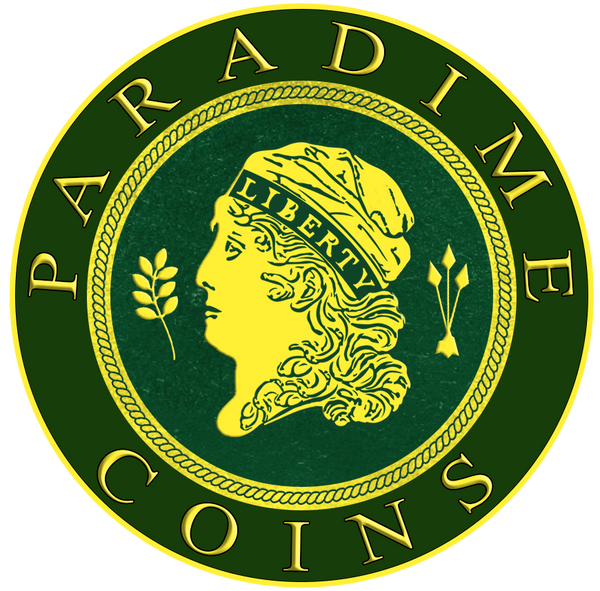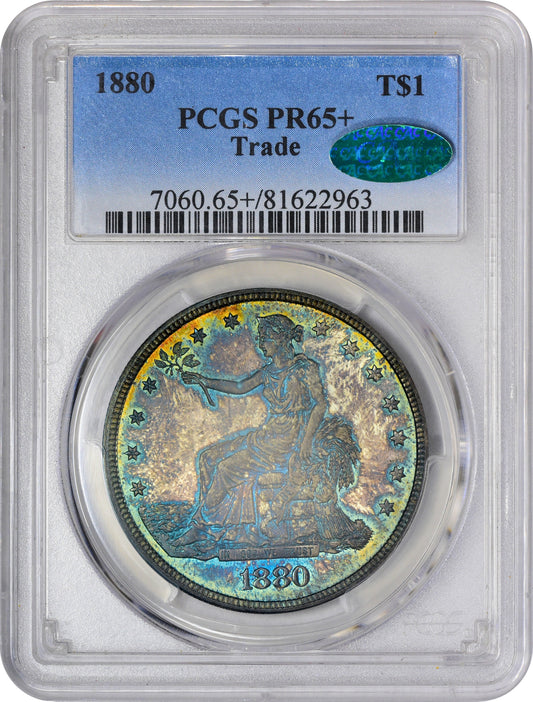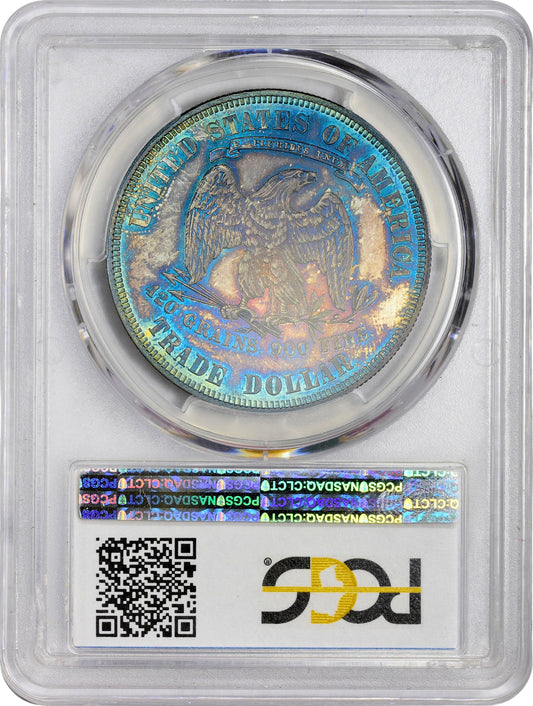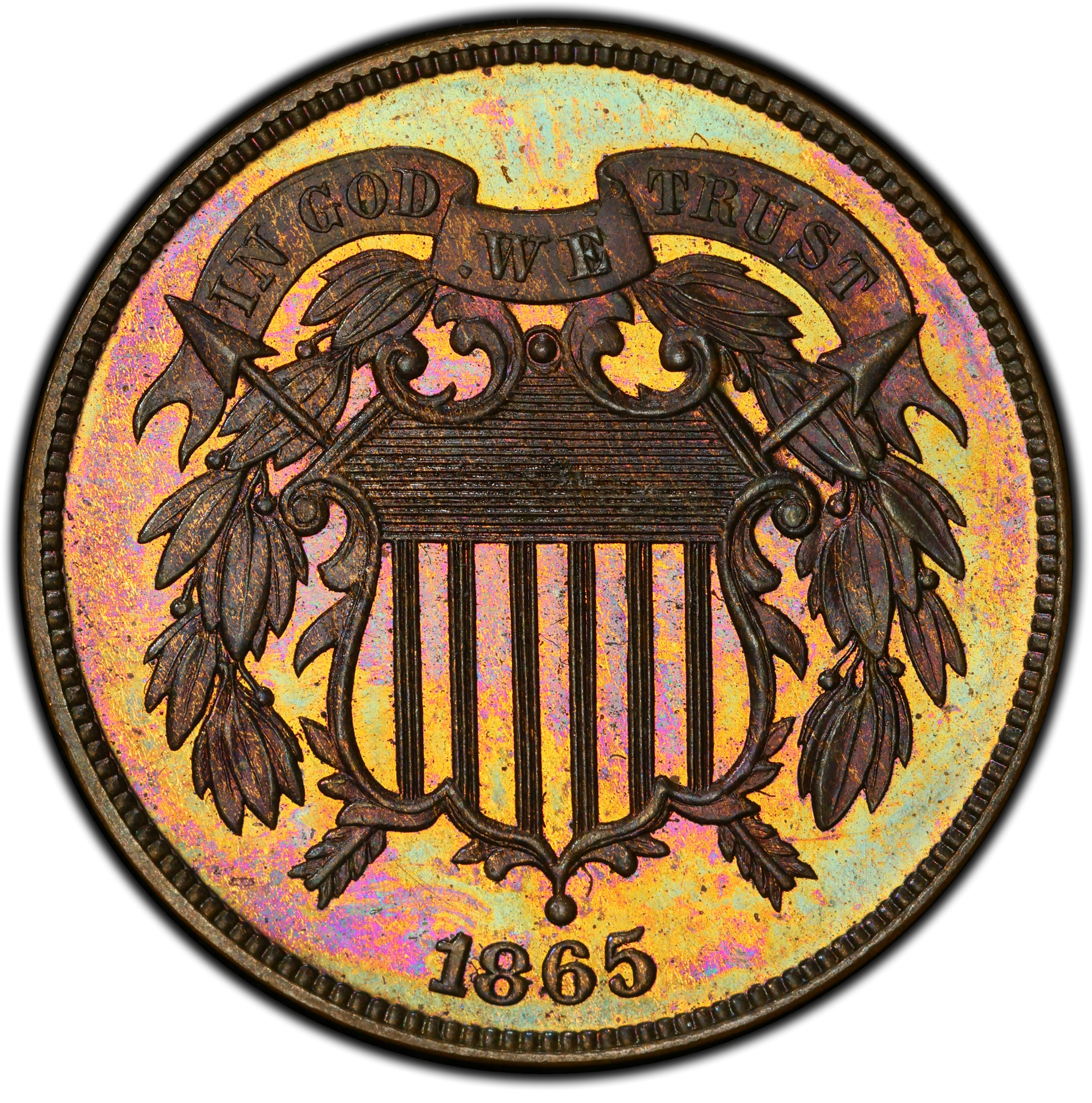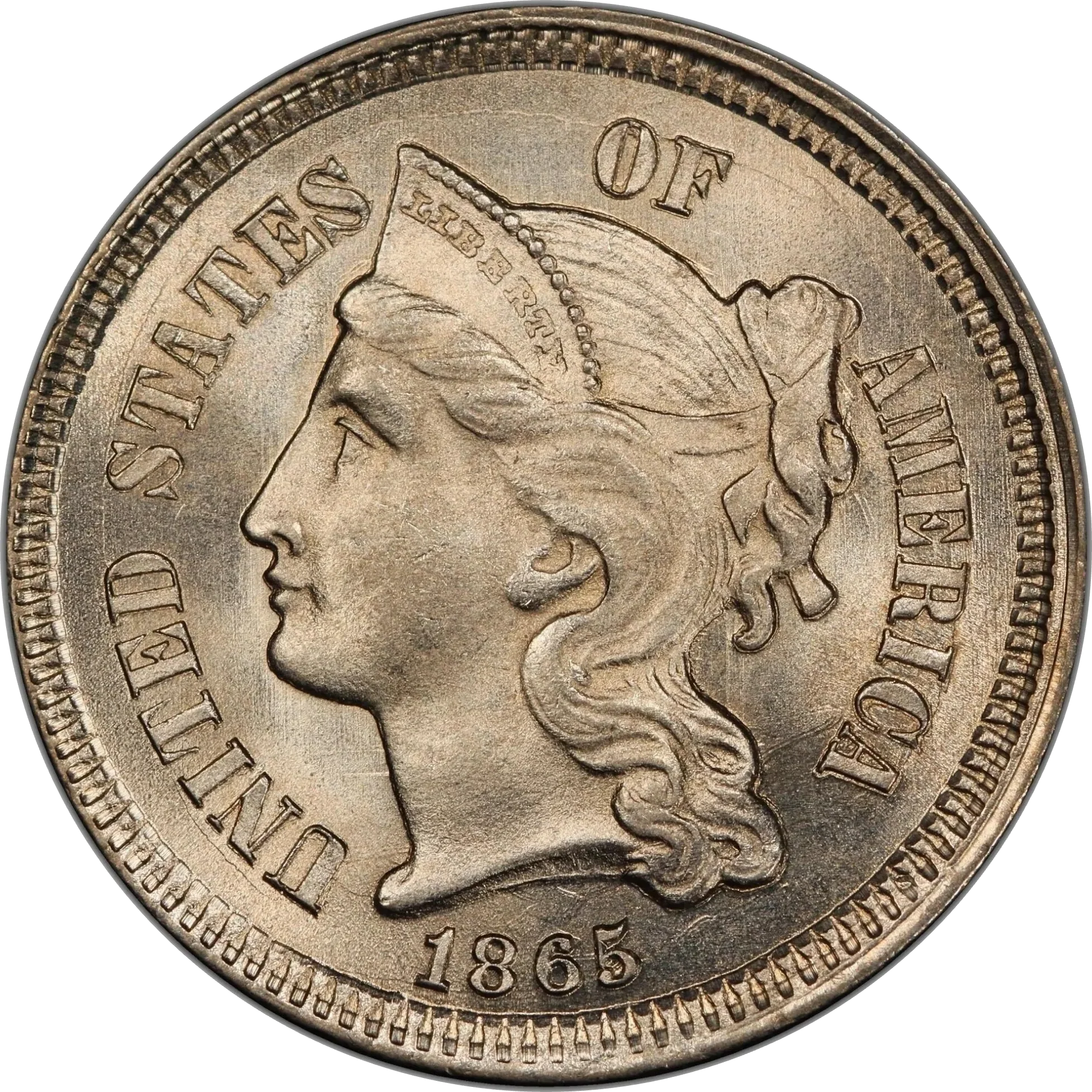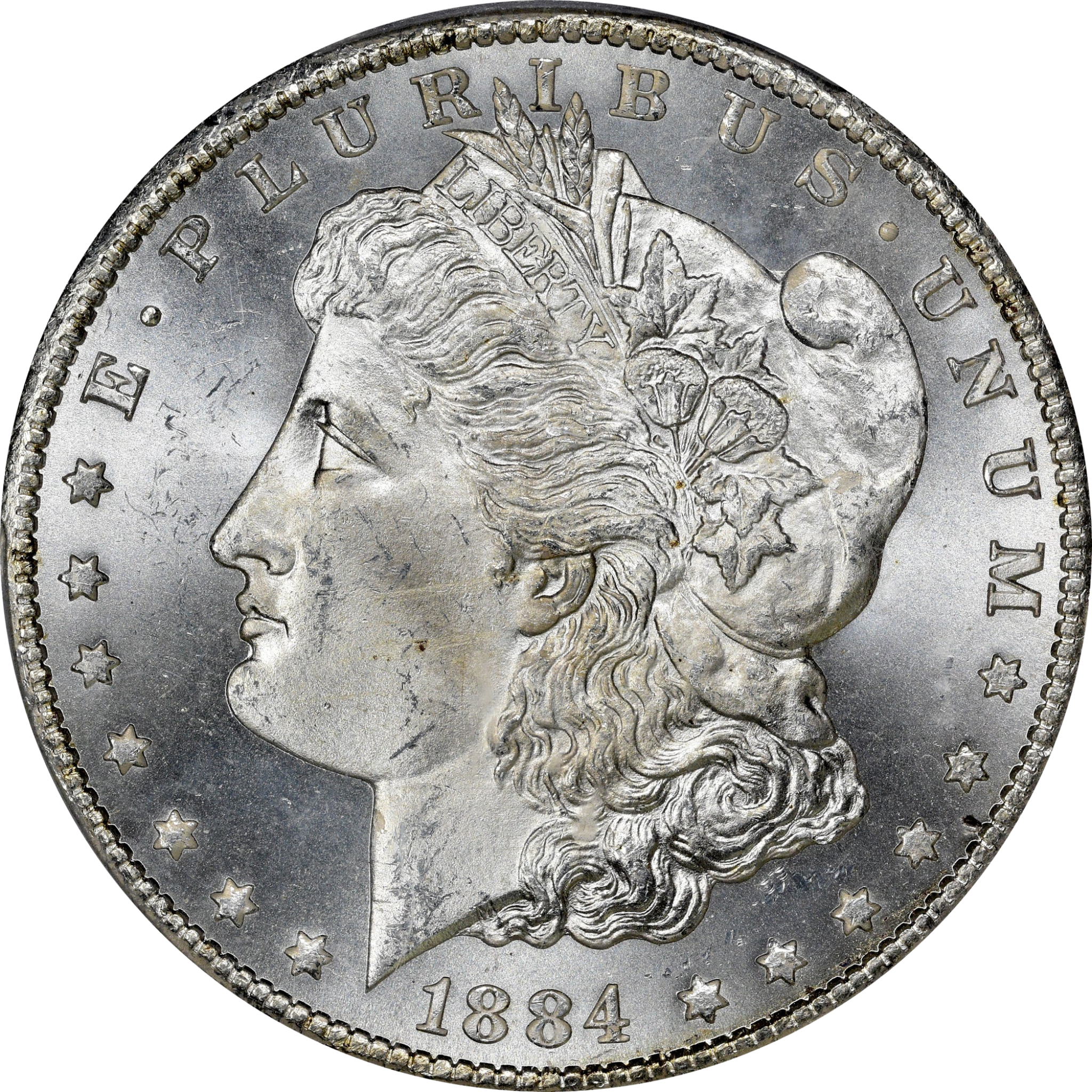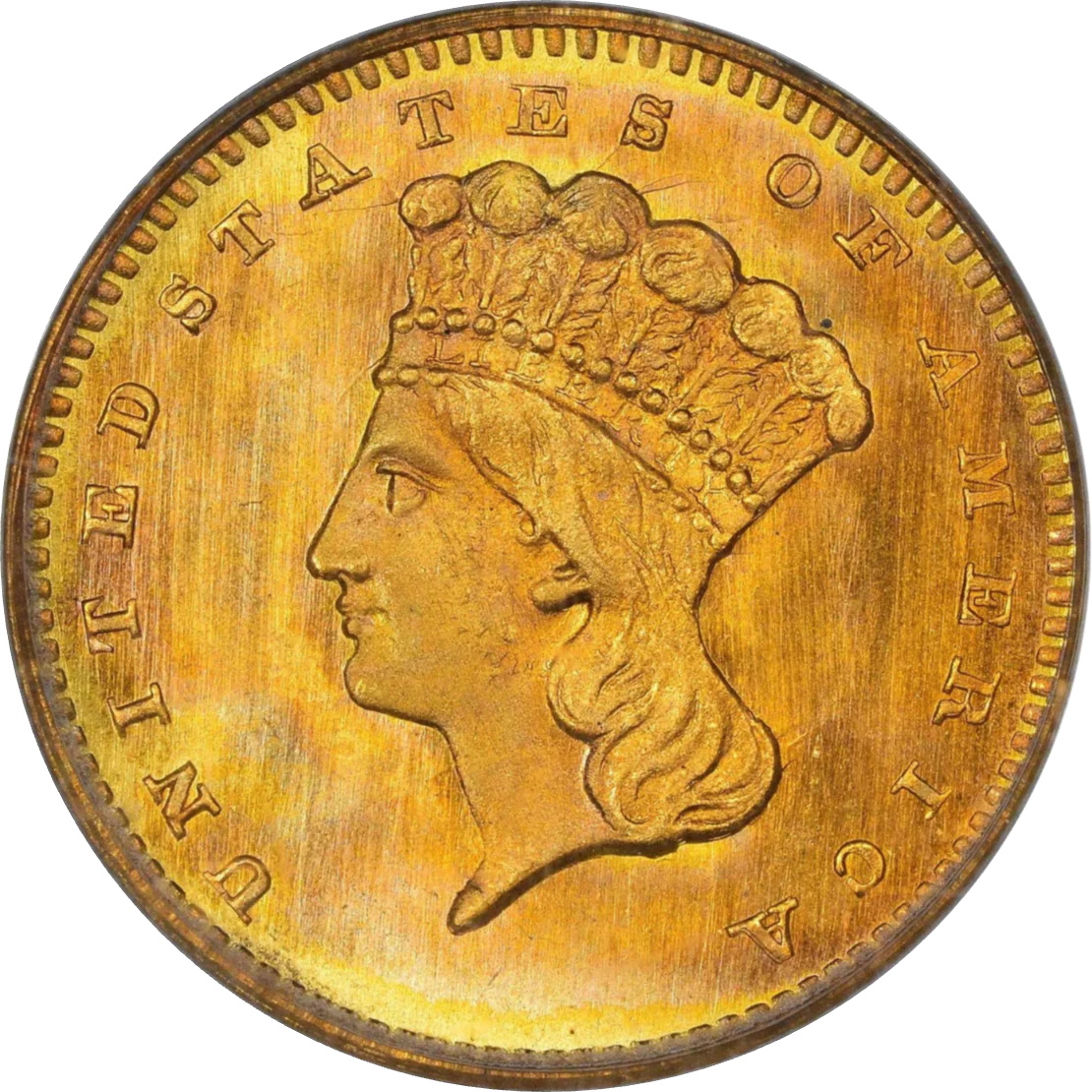Collection: Trade Dollar
-
1880 T$1 PR65+ PCGS CAC
Regular price $9,750.00Regular priceUnit price / per
Trade Dollar (1873–1885)
The Trade Dollar, introduced in 1873, holds a special place in U.S. numismatic history. Designed by William Barber, this coin was crafted to facilitate trade with Asia, where it competed with the widely circulated Mexican peso. Heavier than the standard silver dollar at 420 grains, the Trade ... Read More
Trade Dollar (1873–1885)
The Trade Dollar, introduced in 1873, holds a special place in U.S. numismatic history. Designed by William Barber, this coin was crafted to facilitate trade with Asia, where it competed with the widely circulated Mexican peso. Heavier than the standard silver dollar at 420 grains, the Trade Dollar was intended primarily for export, yet it has since become a favorite among collectors.
Key Specifications
- Designer: William Barber
- Issue Dates: 1873–1885
- Composition: 90% silver, 10% copper
- Diameter: 38.1 mm
- Weight: 27.21 grams (419.91 grains)
- Edge: Reeded
- Business Strike Mintage: 35,954,535
- Proof Mintage: 11,404
Design Features
Obverse
The obverse showcases Miss Liberty seated on a bale of merchandise, symbolizing America’s commercial strength.
-
Details Include:
- Liberty’s right hand holds an olive branch, symbolizing peace.
- Her left hand grasps a ribbon inscribed with LIBERTY.
- A sea in the background and a sheaf of wheat at her side emphasize global trade and agriculture.
- Thirteen stars encircle the upper portion, with IN GOD WE TRUST just above the date.
Reverse
The reverse features a bold depiction of an eagle, its talons clutching arrows and an olive branch.
-
Inscribed Details:
- UNITED STATES OF AMERICA and TRADE DOLLAR encircle the design.
- Denominational details, including 420 GRAINS, 900 FINE, reflect the coin’s silver weight and purity.
- A ribbon with E PLURIBUS UNUM adorns the eagle’s neck.
Historical Significance and Circulation
The Trade Dollar was created to strengthen U.S. commerce in Asia, particularly in China, where Mexican pesos dominated. Its slightly increased weight and purity compared to the standard silver dollar made it more competitive in international markets.
While intended for export, many Trade Dollars found their way back to U.S. shores, especially after they were demonetized in 1876. These coins often bear chopmarks—Oriental characters stamped by merchants and bankers in Asia to authenticate their value.
Collectibility and Availability
Grades and Conditions
-
Common Grades:
- Trade Dollars are readily available in grades ranging from Fine to About Uncirculated (AU).
- Many circulated examples feature chopmarks, adding historical intrigue for collectors.
-
Scarcer Grades:
- Uncirculated coins are relatively scarce, while superb Uncirculated pieces are considered rare.
- Proofs, particularly from the years 1879–1883, are prized for their stunning details and limited mintage.
Key Dates and Variants
- Early issues (1873–1878) are typically business strikes, while later years (1879–1885) were produced primarily as Proofs.
- The 1884 and 1885 Trade Dollars are legendary rarities, with just a handful of specimens known.
Why Collect Trade Dollars?
-
Historical Significance:
- Represents America’s strategic response to global trade demands in the late 19th century.
-
Unique Features:
- Heavier weight and purity compared to standard silver dollars.
- Chopmarked examples add an extra layer of cultural and historical significance.
-
Collector Appeal:
- Available in a range of grades to suit all budgets.
- Proof and high-grade Uncirculated examples are coveted by advanced collectors.
Shop Trade Dollars at ParadimeCoins.com
Discover the enduring beauty and historical importance of Trade Dollars at ParadimeCoins.com. Whether you're seeking a chopmarked example, a stunning Uncirculated piece, or a rare Proof, we offer an exceptional selection for collectors of all levels. Explore our inventory today and own a piece of America’s numismatic legacy!
... Read Less